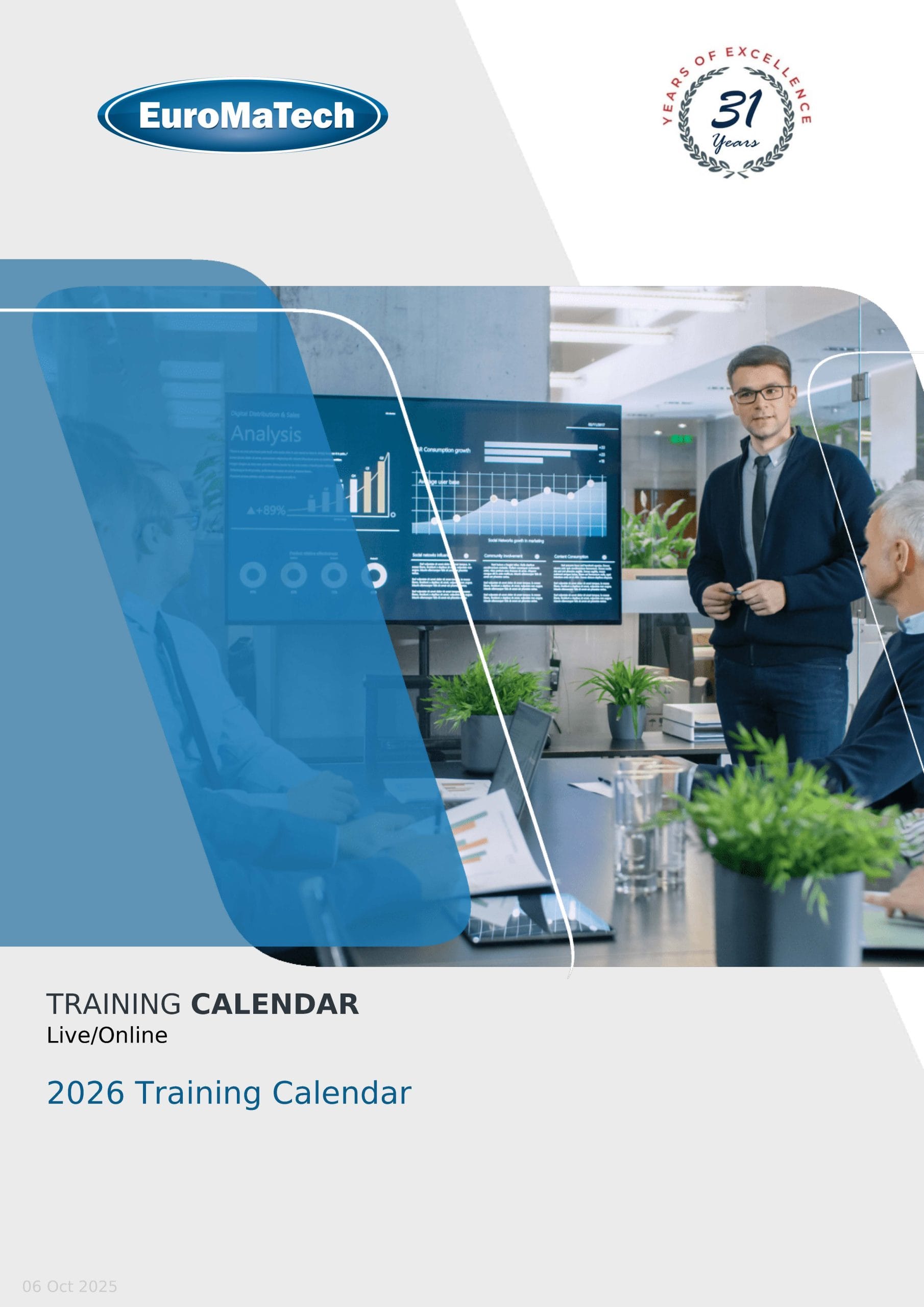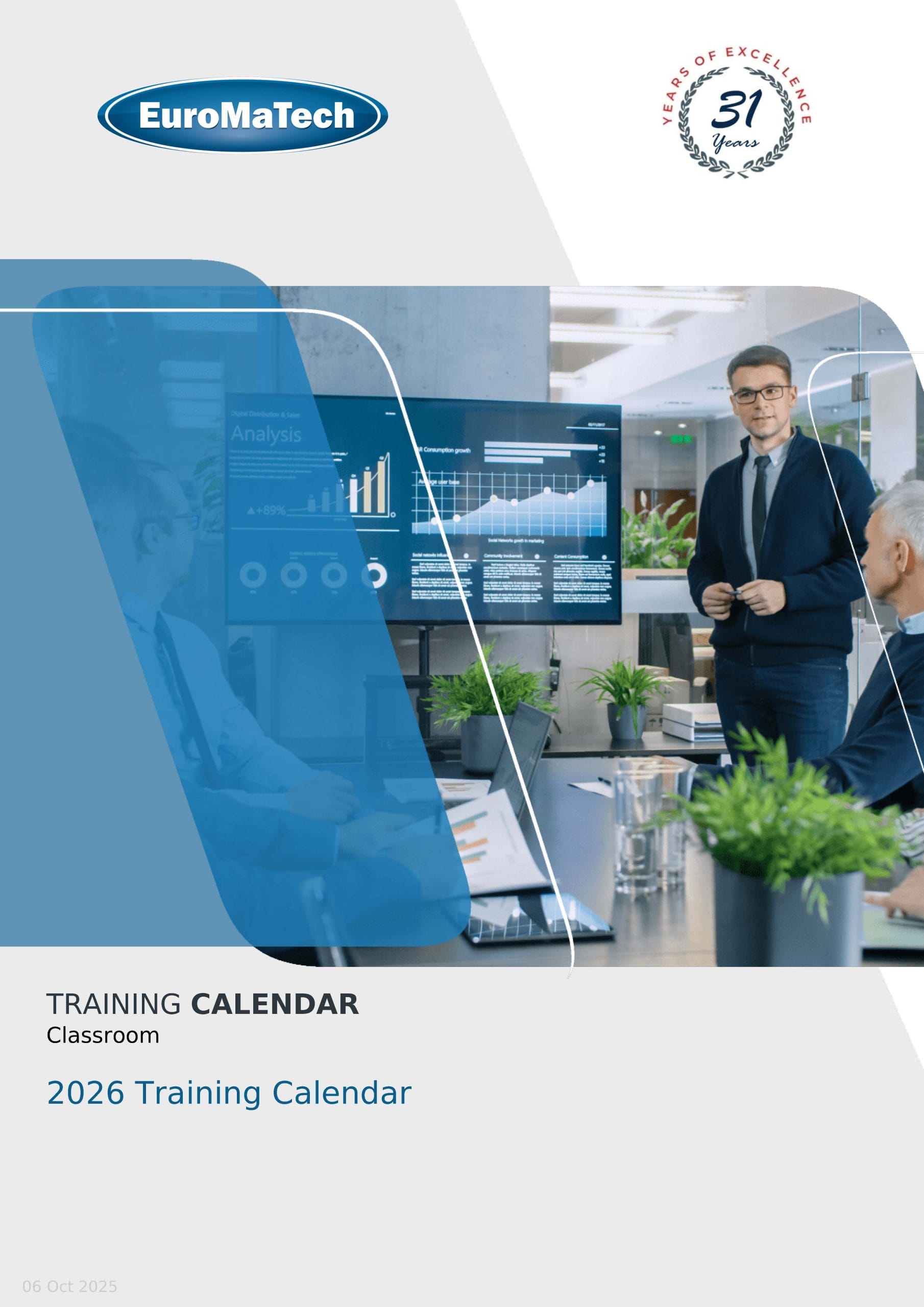How to Facilitate Problem Solving Meetings in the Office
The ability to quickly and effectively address challenges is a defining characteristic of successful organizations. One of the most essential tools for this is the problem solving meeting—a structured session where stakeholders come together to define problems, explore causes, brainstorm solutions, and determine actionable next steps.
However, not all problem solving meetings yield results. Many fall victim to confusion, lack of direction, dominant voices, or unclear follow-up. To unlock the full potential of these sessions, facilitators must create a space that is both inclusive and goal-oriented. With the right structure and tools, these meetings can lead to decisive breakthroughs, increased collaboration, and measurable performance improvements.
Professionals looking to build facilitation skills and lead effective meetings can benefit from the Adaptability Course, Advanced Decision Making Course, and Collective Intelligence: Solving Problems as a Team Course. Additionally, the Problem Solving Skills Courses category equips leaders with essential tools to structure, moderate, and drive impactful discussions.
What Is a Problem Solving Meeting?
A problem solving meeting is a structured session designed to identify an issue, analyze its root causes, and develop effective solutions collaboratively. These meetings are distinct from regular team check-ins or status updates. They focus on diagnosing specific pain points—be it operational inefficiencies, customer complaints, project delays, or communication breakdowns.
Unlike brainstorming sessions that emphasize idea generation, problem solving meetings aim to guide participants from problem identification to solution implementation using logical steps and actionable dialogue.
Why Problem Solving Meetings Matter
Inefficiencies, delays, miscommunication, and recurring issues can be costly. According to various business studies, companies lose a significant portion of revenue annually due to unaddressed problems and poor collaboration. Effective problem solving meetings help organizations to:
- Prevent recurring issues
- Enhance cross-functional collaboration
- Make decisions backed by team insights
- Increase accountability
- Drive innovation and continuous improvement
When conducted well, these meetings can dramatically reduce firefighting behavior and lead to systematic progress rather than reactive crisis management.
Key Elements of an Effective Problem Solving Meeting
-
Clear Purpose and Problem Definition
The success of a meeting begins before it starts. Clearly define the scope of the problem in advance, along with the expected outcome.
Example: Instead of saying “Sales are down,” frame it as “Q2 sales dropped 15% in the North America region compared to Q1 due to reduced customer engagement.”
-
Right Stakeholders at the Table
Include a cross-functional team with:
- Individuals who experience the problem
- Decision-makers who can approve solutions
- Experts who understand the systems involved
Avoid overcrowding—more people do not equal better outcomes.
-
Role of the Facilitator
The facilitator plays a critical role in guiding the session. This person should be neutral and skilled in leading discussions, ensuring everyone participates, and avoiding groupthink or dominance by a few voices.
The Collective Intelligence: Solving Problems as a Team Course emphasizes facilitation strategies and team engagement techniques critical for such leadership.
-
Structured Agenda
A typical problem solving meeting might follow this structure:
- Welcome and objective review (5 min)
- Problem background and data presentation (10 min)
- Root cause analysis (20 min)
- Solution brainstorming (20 min)
- Evaluation and decision making (20 min)
- Next steps and owner assignments (10 min)
Stick to the agenda and time limits to respect everyone’s schedule.
Facilitation Techniques for High-Impact Problem Solving Sessions
-
The 5 Whys
This root cause analysis method involves asking “Why?” multiple times to drill down to the underlying cause of an issue. It helps teams move from symptoms to systemic issues.
Example:
- Why did the order ship late? → The product wasn’t ready.
- Why wasn’t it ready? → The component was missing.
- Why was the component missing? → The supplier didn’t deliver.
And so on.
-
Fishbone Diagram (Ishikawa)
Visually categorize root causes under major headers like People, Process, Equipment, Environment, Materials, and Management. This tool encourages deeper thinking and uncovering less obvious causes.
-
Silent Brainstorming
To avoid dominance by extroverts, use a few minutes of silent idea generation. Participants write ideas on sticky notes or digital boards, which are then grouped and discussed.
-
Mind Mapping
Organize complex ideas around a central topic to visualize relationships and dependencies. This encourages creative solutions and group alignment.
-
Dot Voting
To prioritize ideas quickly, allow participants to vote on options with colored dots or virtual markers. This democratic approach clarifies consensus in seconds.
These tools, when used effectively, are further explored in the Advanced Decision Making Course, which teaches structured techniques to lead meetings and make well-informed choices.
Setting the Right Environment
Psychological safety is critical in problem solving. If team members fear criticism, they may hold back valuable insights. Create an environment where:
- Mistakes are treated as learning opportunities
- All opinions are welcome
- The meeting space (physical or virtual) is inclusive and distraction-free
Building this culture takes time, and the Adaptability Course helps professionals build emotional intelligence and responsive leadership, both essential for nurturing productive group interactions.
Common Mistakes to Avoid
Even with the best intentions, facilitators often fall into traps that hinder the effectiveness of problem solving meetings. Here are common missteps:
- Poor preparation: No clear problem statement or data leads to unproductive discussions.
- Dominant participants: A few loud voices overshadow others, limiting diverse input.
- Solution jumping: Teams rush to solutions without understanding the full problem.
- Lack of follow-up: No clear ownership or deadlines, making the meeting a waste of time.
- Groupthink: Everyone agrees too quickly without challenging assumptions.
Training in group dynamics and facilitation, such as that offered in the Collective Intelligence: Solving Problems as a Team Course, helps mitigate these issues by providing proven techniques to manage team interactions.
Following Up: What Happens After the Meeting
The meeting doesn’t end when everyone leaves the room or signs off Zoom. Effective follow-up is what drives execution.
Post-Meeting Checklist:
- Send a summary of decisions and action items
- Assign owners and timelines for each task
- Schedule a check-in to track progress
- Celebrate small wins and course-correct as needed
A good meeting without follow-through is a missed opportunity. Embedding accountability into your process is just as important as the discussion itself.
Leveraging Training to Improve Facilitation Skills
Professionals aiming to lead impactful meetings and solve business problems efficiently should invest in structured training. The following courses are particularly relevant:
- Adaptability Course: Cultivates flexible thinking and emotional intelligence needed for inclusive facilitation.
- Advanced Decision Making Course: Provides analytical tools and decision frameworks for structured sessions.
- Collective Intelligence: Solving Problems as a Team Course: Focuses on unlocking group potential through collaboration and shared insight.
For a broader skillset, professionals can explore the complete range of Problem Solving Skills Courses, offering diverse tools and strategies to facilitate critical conversations.
Facilitating effective problem solving meetings is no longer a nice-to-have—it’s a core capability for modern managers and team leaders. Whether addressing a recurring operational issue or navigating a strategic pivot, structured collaboration can turn uncertainty into action.
By mastering the art of facilitation, applying the right tools, and fostering an environment of trust and creativity, you can lead meetings that not only diagnose problems but also drive impactful solutions.
Empower yourself and your teams with the training needed to lead change and foster innovation. Leverage the insights offered by the Adaptability Course, the Advanced Decision Making Course, and the Collective Intelligence: Solving Problems as a Team Course, and start transforming your meetings into high-impact strategy sessions.
Explore:





